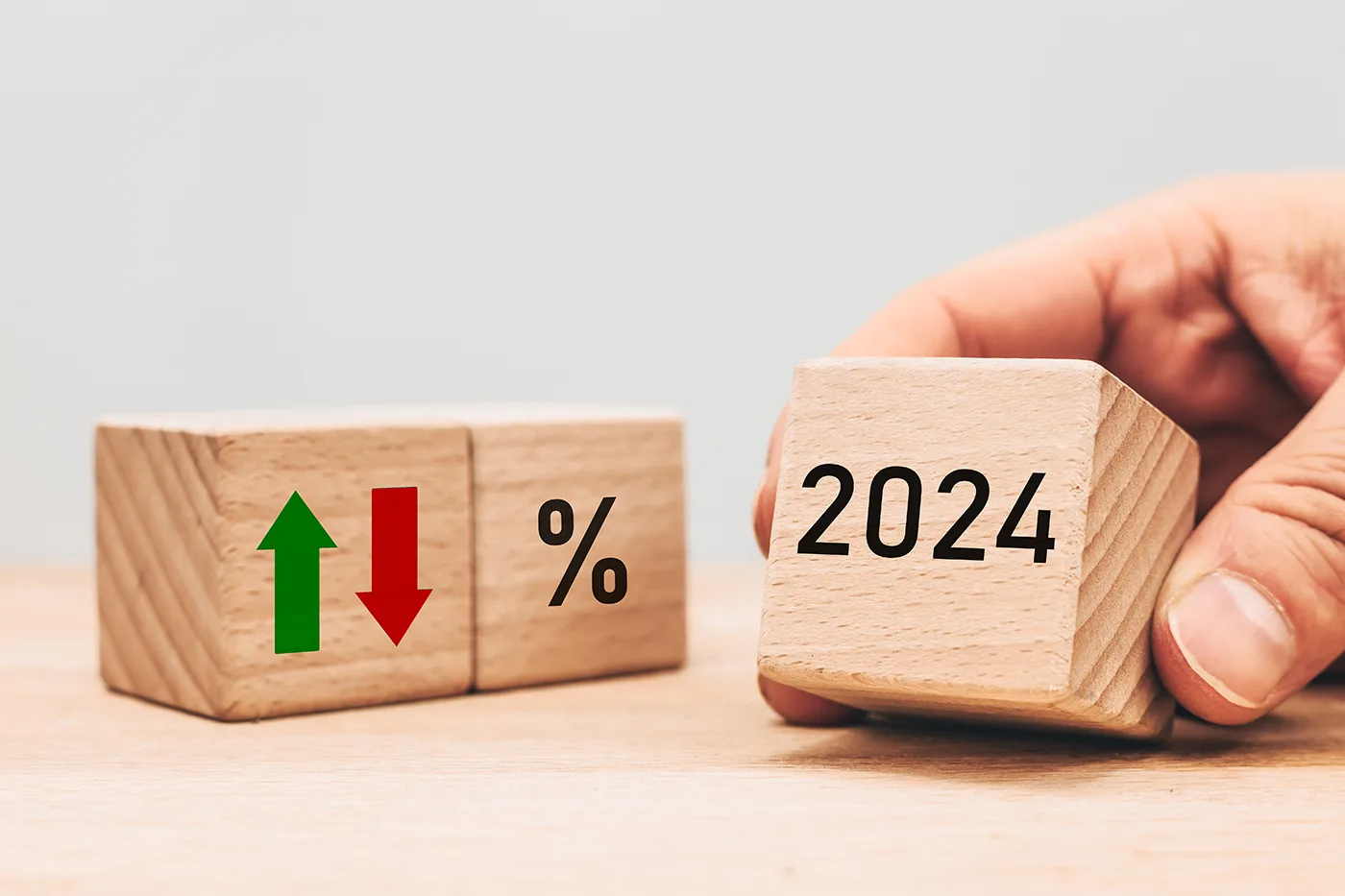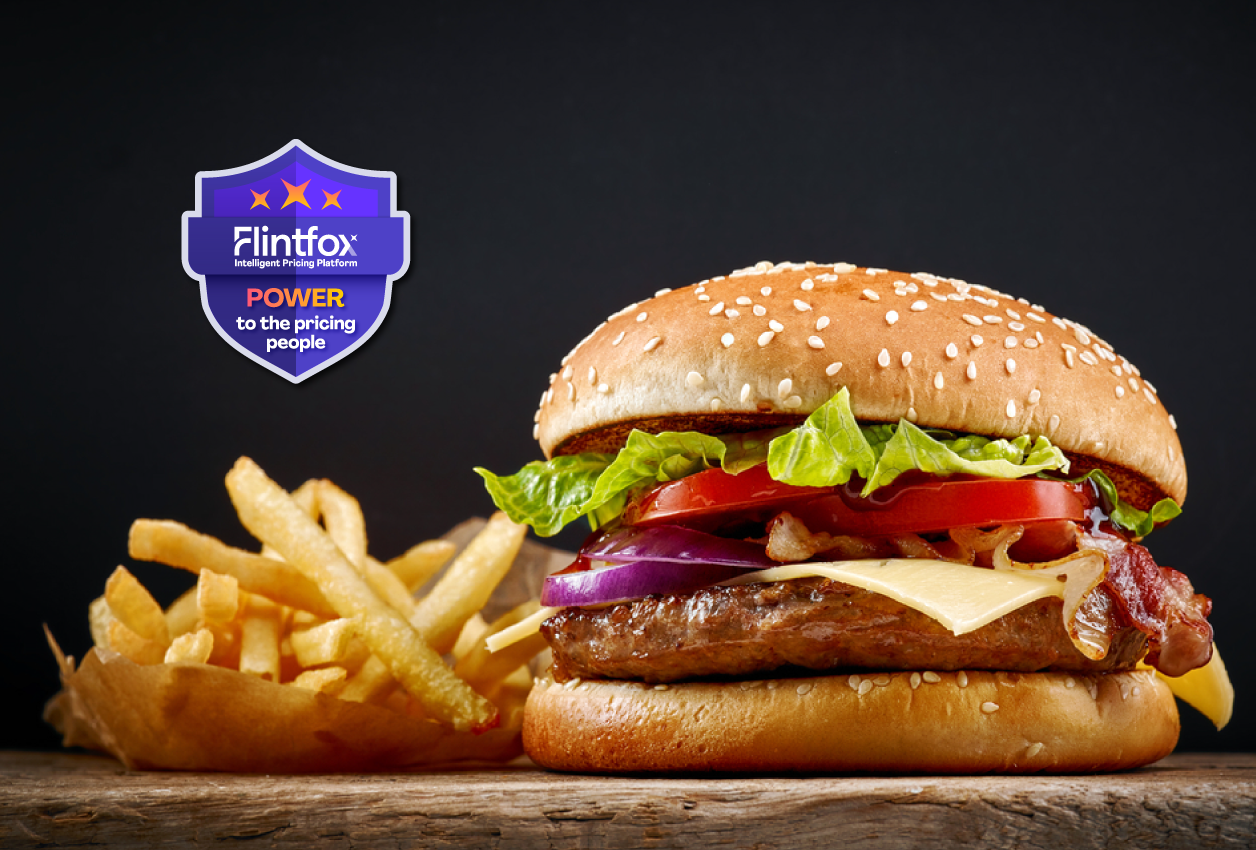Love is in the air in this week’s instalment of Power to the Pricing People as we look back at how ongoing fluctuations in commodity pricing impacted Valentine’s Day spending.
If pricing is your passion, don’t forget to follow us on LinkedIn for the latest Power to the Pricing People episodes every fortnight.
This Valentine’s Day proved romance certainly isn’t dead as the National Retail Federation forecast Americans would spend a record-shattering $14.2 billion on this year’s festival of love. Sticking to the classics, the top gifts included chocolates, cards, flowers, and an evening out, with new spending records expected for jewellery, flowers and clothing.
Bittersweet gifts
Consumers in the UK were struck by more than just Cupid’s arrow, however, as the average cost of traditional gifts and treats increased by 30%. The steep increase was largely driven by the price of chocolate which has risen exponentially in recent months due to cocoa prices being at an all-time high. Propelled by poor weather conditions impacting crops in West Africa, the cost of cocoa has risen by approximately 90% since the beginning of 2023 and retailers are now passing this on to consumers.
Blooming prices
Flower bouquets, another Valentine’s Day staple, also came with a thorny price tag this year, with the average cost for a dozen roses reaching $88 in the U.S. Hawaii won the title of the most expensive state for a bouquet of roses, with twelve flowers costing consumers $128 on average.
Meanwhile in Europe, heightened gas prices across the last year have made heating flower greenhouses more expensive during the cold months. This led to a spike in the cost of bouquets with prices rising by 4% compared to last year, according to the Office for National Statistics.
Love at first price
With no end in sight for volatile commodity pricing and the next seasonal spending occasions right around the corner, it’s essential for manufacturers and retailers to price goods in a way that won’t alienate customers or compromise margins.
To achieve this, businesses need total visibility over their supply chain costs. If you’re interested in how Flintfox can help you gain this transparency and optimise your margins, talk to us today.












